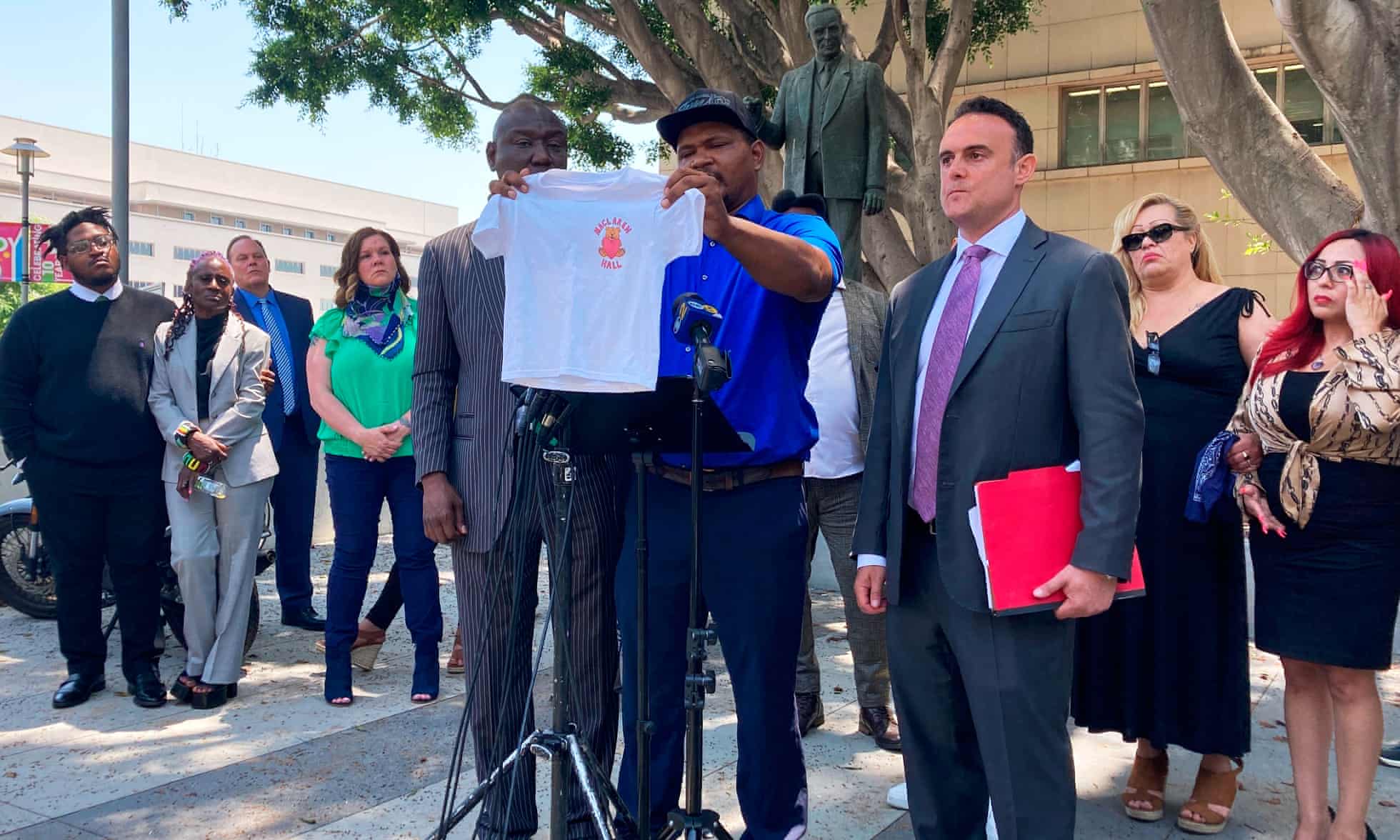 Americans who face the greatest threat from potential toxic chemical disasters are predominantly from low income and minority communities, a new report released by the Environmental Justice and Health Alliance asserts.
Americans who face the greatest threat from potential toxic chemical disasters are predominantly from low income and minority communities, a new report released by the Environmental Justice and Health Alliance asserts.
In a first-of-its-kind study, the report, Who’s in Danger? A Demographic Analysis of Chemical Disaster Vulnerability Zones, documents the high-risk factors of living within the vicinity of chemical facilities—including water and wastewater treatment facilities, power plants, bleach production facilities, petroleum refineries and paper mills. The report dubs these hotspots “vulnerability zones,” or “fenceline zones.”
“Our government has allowed these facilities to be disproportionately located in communities of color and has allowed chemical corporations and the officials who are supposed to be protecting us to tragically fail workers and surrounding communities,” explains Michele Roberts, co-author of the report.
“Sadly, we have witnessed too many tragic catastrophes such as what happened in West, TX, last year, with 15 people killed; or in Elk River, WV, with toxic, contaminated water coming out of people’s faucets in their homes; or Richmond, CA, where 15,000 were sent to hospitals from a Chevron refinery explosion.”





 Ukraine's President Volodymyr Zelenskiy confirmed for the first time on Monday that Ukrainian troops have been...
Ukraine's President Volodymyr Zelenskiy confirmed for the first time on Monday that Ukrainian troops have been... Los Angeles county has reached a $4bn agreement to settle nearly 7,000 claims of sexual abuse...
Los Angeles county has reached a $4bn agreement to settle nearly 7,000 claims of sexual abuse...






























